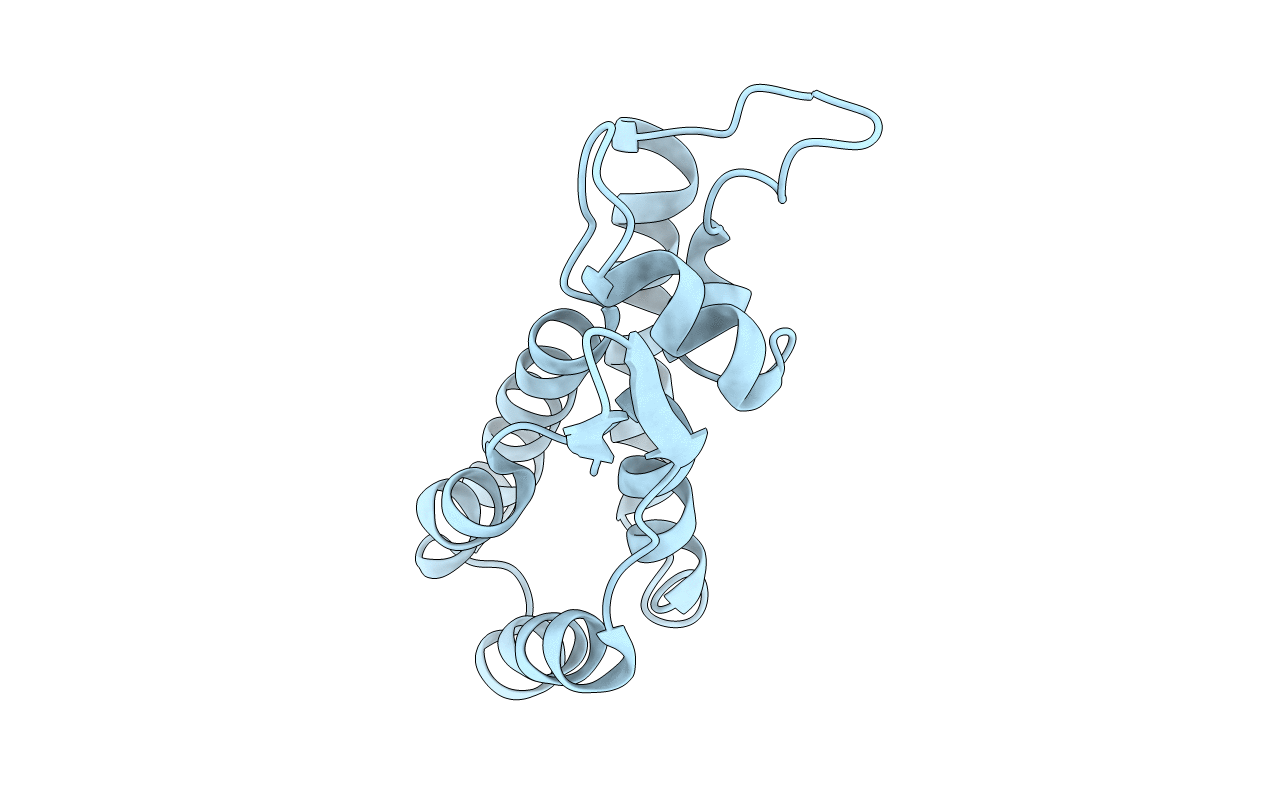
Deposition Date
2012-11-02
Release Date
2013-05-22
Last Version Date
2024-02-28
Entry Detail
Biological Source:
Source Organism:
Simian immunodeficiency virus (Taxon ID: 11723)
Host Organism:
Method Details:
Experimental Method:
Resolution:
2.90 Å
R-Value Free:
0.29
R-Value Work:
0.25
R-Value Observed:
0.25
Space Group:
P 21 21 21


